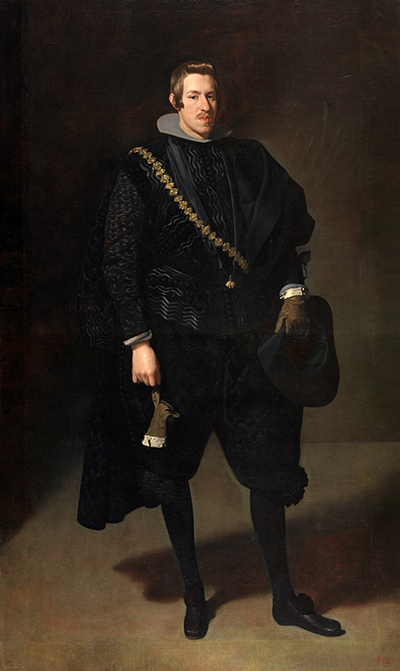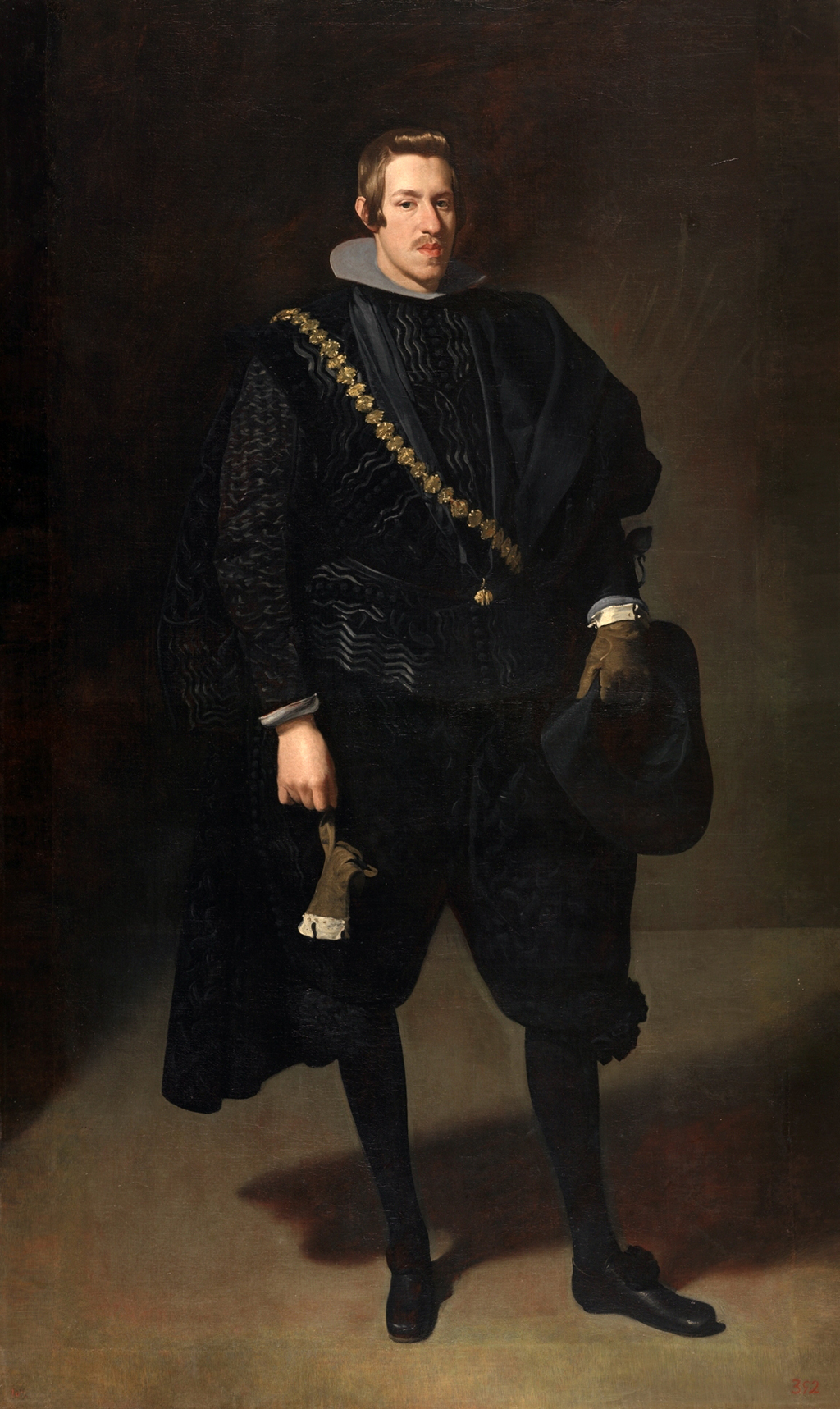Portrait of the Infante Don Carlos is a dark, under-stated portrait from the hand of Diego Velazquez in 1626. One can immediately see a resemblance to Philip IV, who was Don Carlos' brother.
Having arrived in around 1626/1627, this is one of the earliest portraits completed by Velazquez whilst working in Madrid. He had accepted the invitation of the King in around 1623 but by this stage he should have been fairly comfortable in the company of these figures. He would go on to produce around a dozen portraits of Infante Don Carlos' brother, mixing different compositional styles. There were also several female members covered as well, often with extraordinary outfits that would fill most of the painting.
In terms of the composition itself, we find the typically neutral background that was used by Velazquez within most of his portraits. It appears to be in the corner of a darkened room, with the light coming from our left, casting a shadow across to the right in a diagonal direction. The gentleman is smartly presented, as one would expect for someone of his standing in society, though his outfit is almost entirely black which makes the identification of specific detail somewhat hard to accomplish. His wears brown gloves, though hangs one from his right hand in a symbolic gesture. His shoes look in perfect condition and reflect a small amount of light from their smooth surfaces. His stockings then reach up to his ballooning trousers, with most detail then falling upon the jacket across his top half. Additionally, there is a gold chain that is placed over his right shoulder and meets with his waist on the opposing side of his torso. There is a flat, light grey ruff to finish the look. His hair is smart, slicked back at the top, and his moustache and beard are minimal but tidy, again in the red tones that we found in this family line.
Head to the Prado Museum to discover this beautiful portrait, alongside a number of other portraits produced by Velazquez of various members of this family. He did, of course, share more time with Infante Don Carlos's brother, King Philip IV of Spain, and many of those artworks will remain on display to the general public for years to come. A large collection of Velazquez paintings was handed down to this museum on the expectation that it would remain viewable for the general public and this is an important way of connecting normal people to their past. Other artists, sadly, find much of their work dispersed around private collections these days, often never seeing the light of day again. Efforts have also been made in recent years to ensure that these publicly owned artworks remain that way, with legislation in place to protect against private sales.





